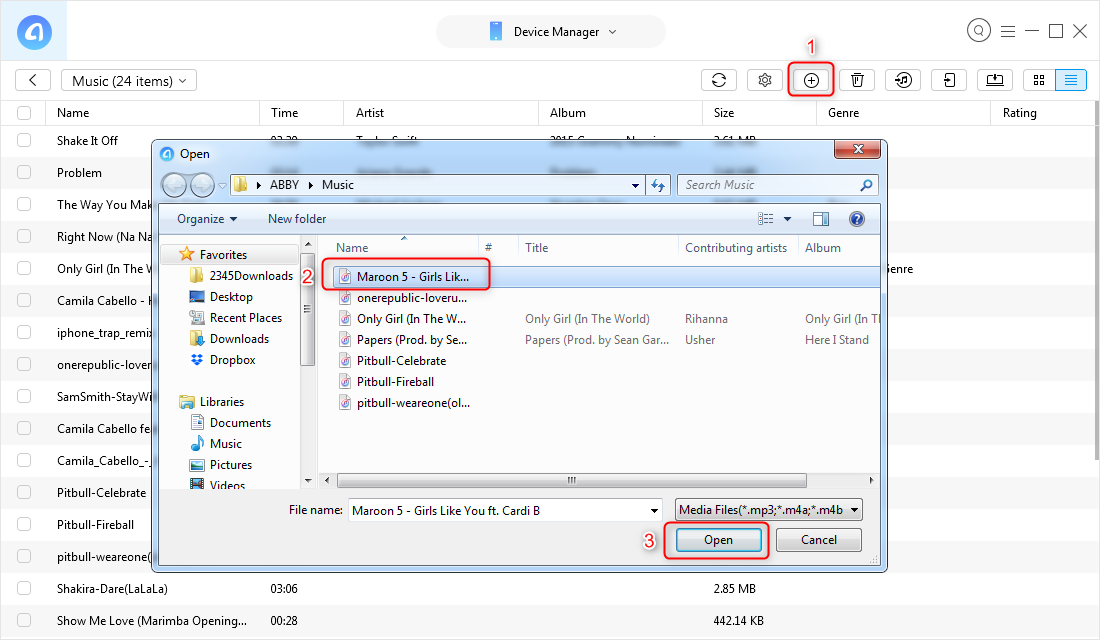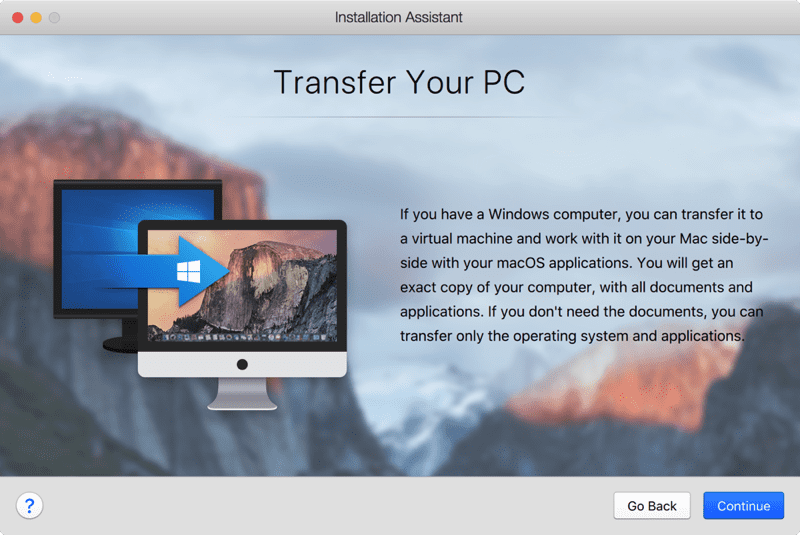

It can bulk-export the entire library's contents in year-wise or album-wise folders, which you can import into Microsoft Photos. On a Windows laptop: Connect your iPhone with USB cable > Open Photos app from the Start menu if it doesnt pop up > Click on the Import option. So you may want to export all the photos at once, preserving edits and metadata, from Apple Photos into Windows Photos, and recreate the albums.Īnother option is to use Photos Takeout app (Mac only). An icon for the drive will appear on your Mac desktop.

You could export one album at a time by selecting all the photos in it, but (a) it would be laborious, (b) you'll miss out the photos that you hadn't added to any album, and will duplicate any photos that you had put in multiple albums. Unlock sharing settings using your login credentials, if necessary. Step 1 Insert a USB flash drive into a USB port on the Mac. The Windows Photos database also creates albums similarly. Photos aren't saved into any "album folders": the Photos database only stores the file paths, based on which albums are displayed when you run Photos. Transfer Photos using USB Drive Step 1 Click the 'Finder' icon on your Macintosh computers screen dock, and double-click the 'Pictures' folder to open it. The latest versions of edited photos are saved in another folder. Apple Photos stores the original unedited versions of all photos in a folder named Masters (Mojave and prior) or Originals (Catalina and later). The commonest solution to import photos from Mac (or PC) to iPhone without iCloud or iTunes is to use an iPhone data transfer tool like EaseUS MobiMover.


 0 kommentar(er)
0 kommentar(er)
